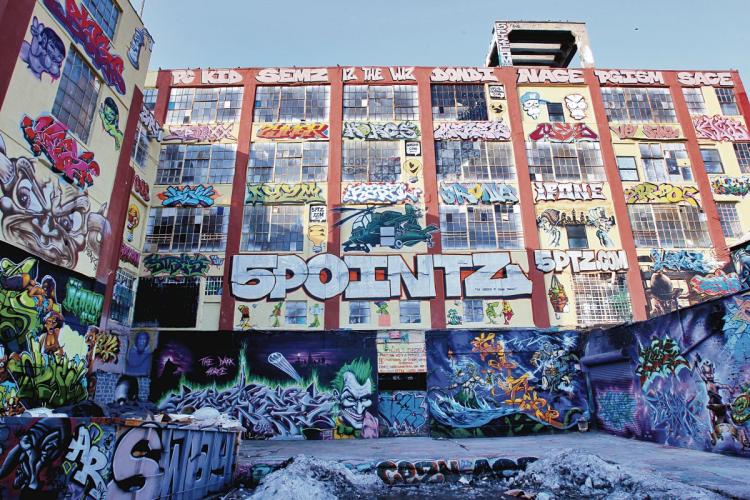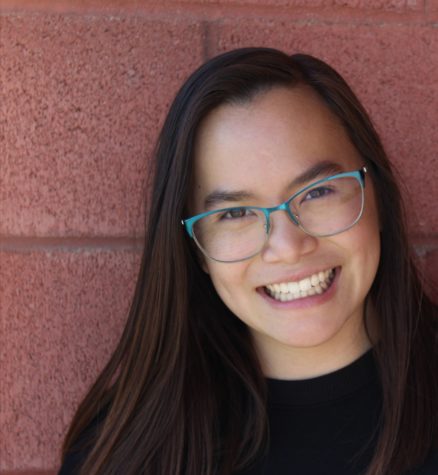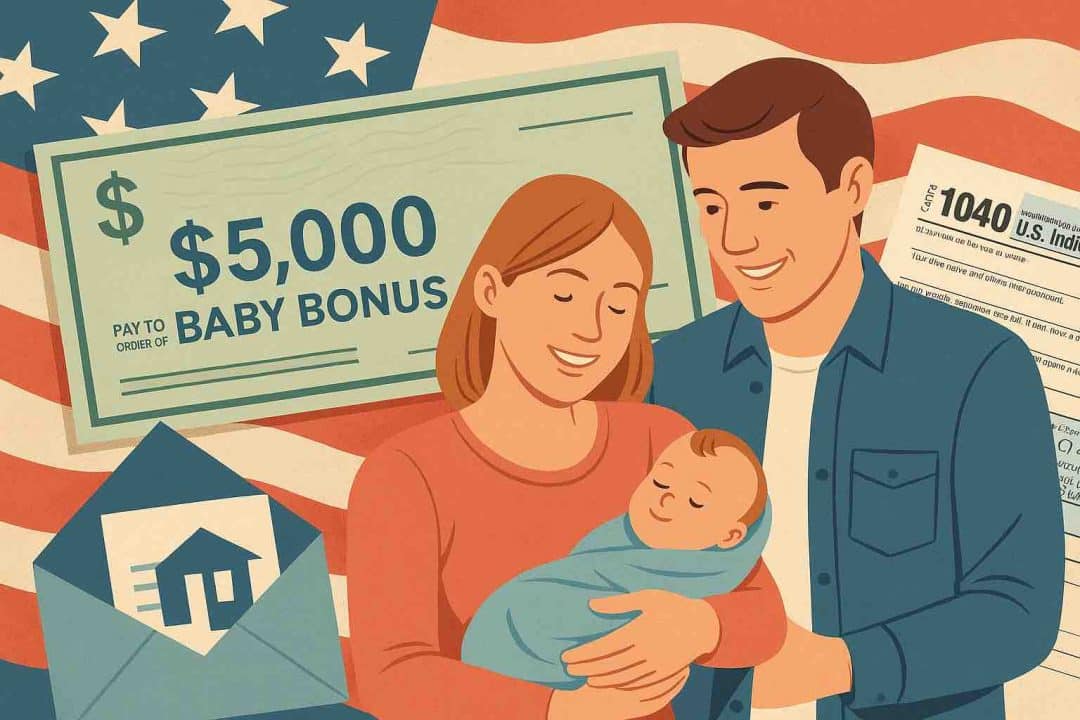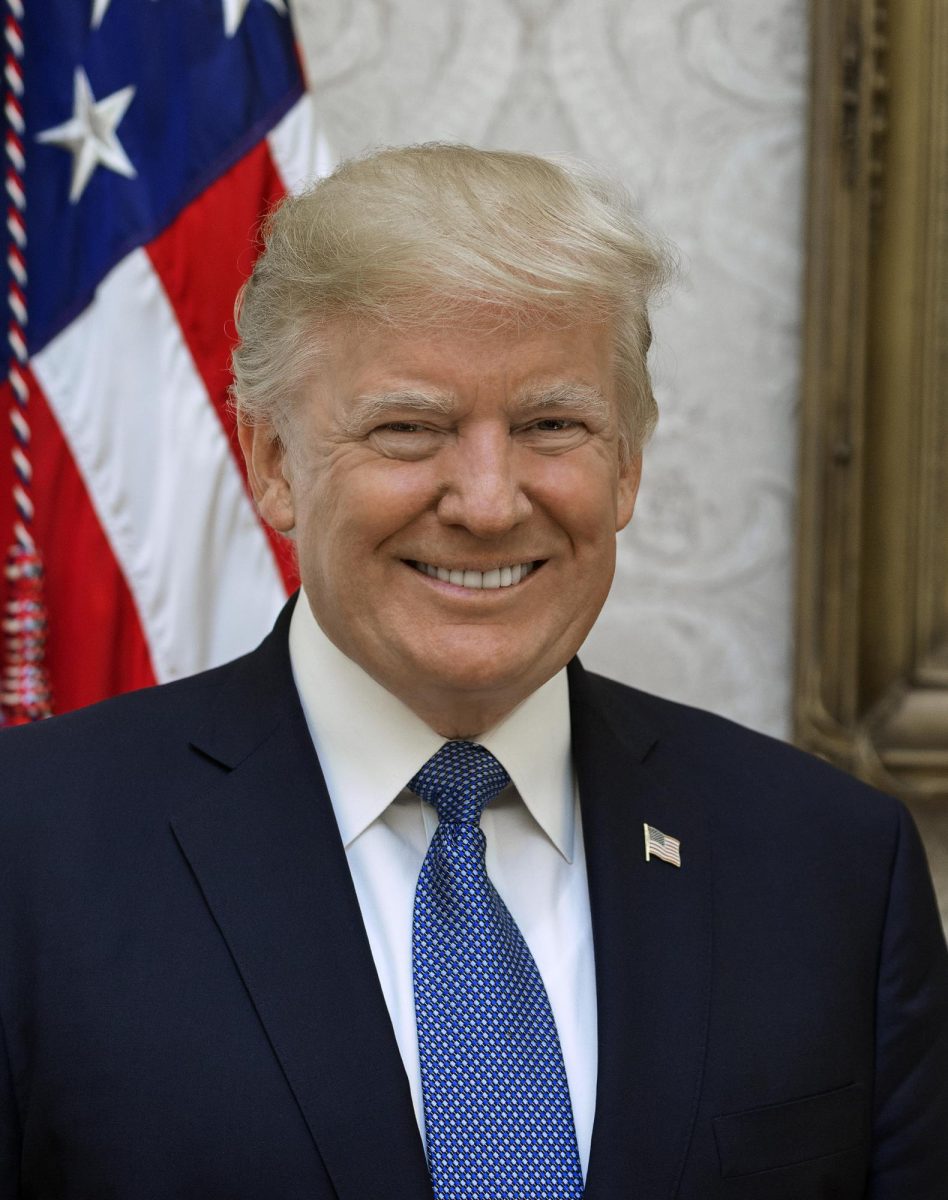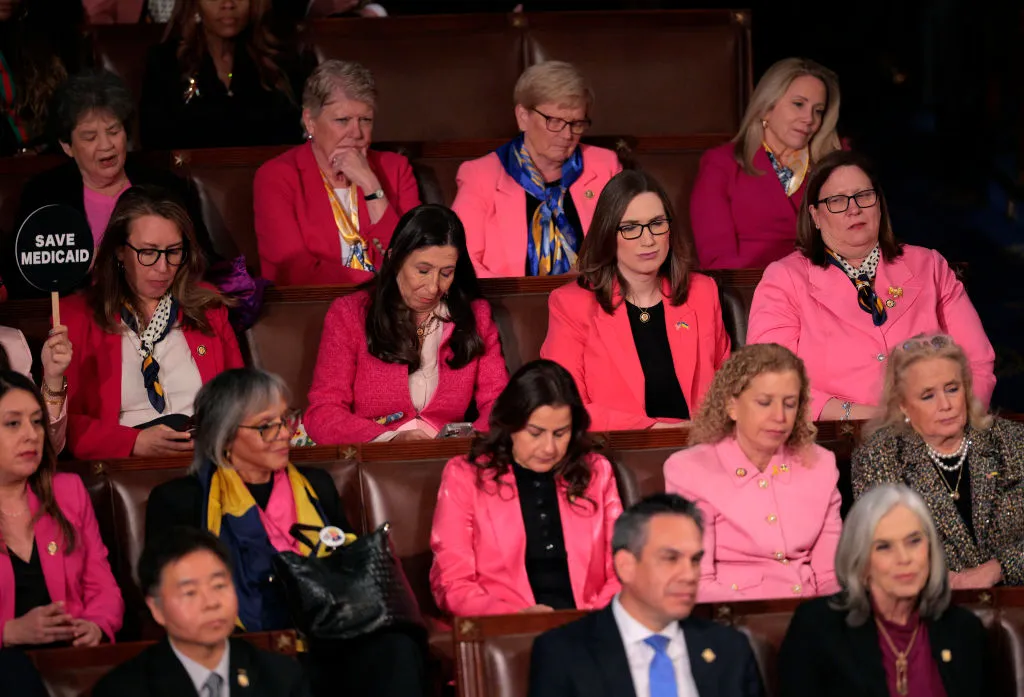The Illegal Art
March 9, 2018
Sprawling masses of graffiti once covered the surfaces of a private building in a well known location called “5Pointz” in Queens, NY. Graffiti artists, for over ten years, visited 5Pointz to contribute with their own work, creating a mass array of graffiti. One artist, Jonathan Cohen, managed what kind of graffiti would go on the walls, and how long they would stay. Upwards of 11,000 different pieces of graffiti were painted at the location, some lasting longer than others. Tourists often visited 5Pointz, marveling at the art all over the surroundings.
The warehouse complex was renovated by its property owner, Gerald Wolkoff, in 2014. This involved painting over all of the graffiti art. One would imagine that there would be nothing problematic about this – yet there was. The graffiti artists protested against the destruction of their art, and were then awarded $6.7 million in court in late December of 2017. The federal judge stated that the act of lettering is a valid art and the jury declared that Wolkoff had violated the Visual Arts Rights Act, setting new boundaries for graffiti artists. 45 works were deemed to have protection under the Visual Arts Right Act, which led to Wolkoff being charged $6.7 million.
Wolkoff had allowed graffiti artists to paint over the building complex. However, he had told them that one day, he would renovate the buildings. His sole mistake was allowing the artists to paint on his property. If he had never given them permission, then it is likely that the court’s verdict would’ve been different.
This does create setbacks for graffiti artists, as property owners will be hesitant to let artists paint on their property in fear of a similar case occurring.
This raises the questions: Is graffiti considered art? What rights should it have in court?
Graffiti, in essence, is illegal, as it involves the obstruction of one’s property. One could say that the right to free speech, as stated in the first amendment, protects graffiti. However, if one exercises their right to free speech through an act of crime, then there should be no protection. At least, that’s how it should work.
If the graffiti provides a new perspective of life, or simply offers a deeper meaning, then the circumstances change. It can then suddenly go from being illegal, to being a piece of work that sells for millions. The graffiti, although supposedly defacing its location, is arguably actually improves its location. It all depends upon perspective – but what hold does that have in court? When does graffiti become art? What caused the judge to give the pieces of graffiti each a value of $150k?
Personally, regarding 5Pointz, I don’t believe that Wolkoff should’ve had to pay – after all, he was the one who let them paint on his property in the first place, with a warning that he’d someday paint over the graffiti. Through their art, the graffiti artists were able to practically claim ownership of his property. Although it was Wolkoff’s land, the graffiti on the surfaces of the property was enough to shift the ownership of the warehouse complex to the artists. They didn’t technically own it, but with Wolkoff not having the ability to renovate his own property without being charged millions – he might as well of have given his property away.

